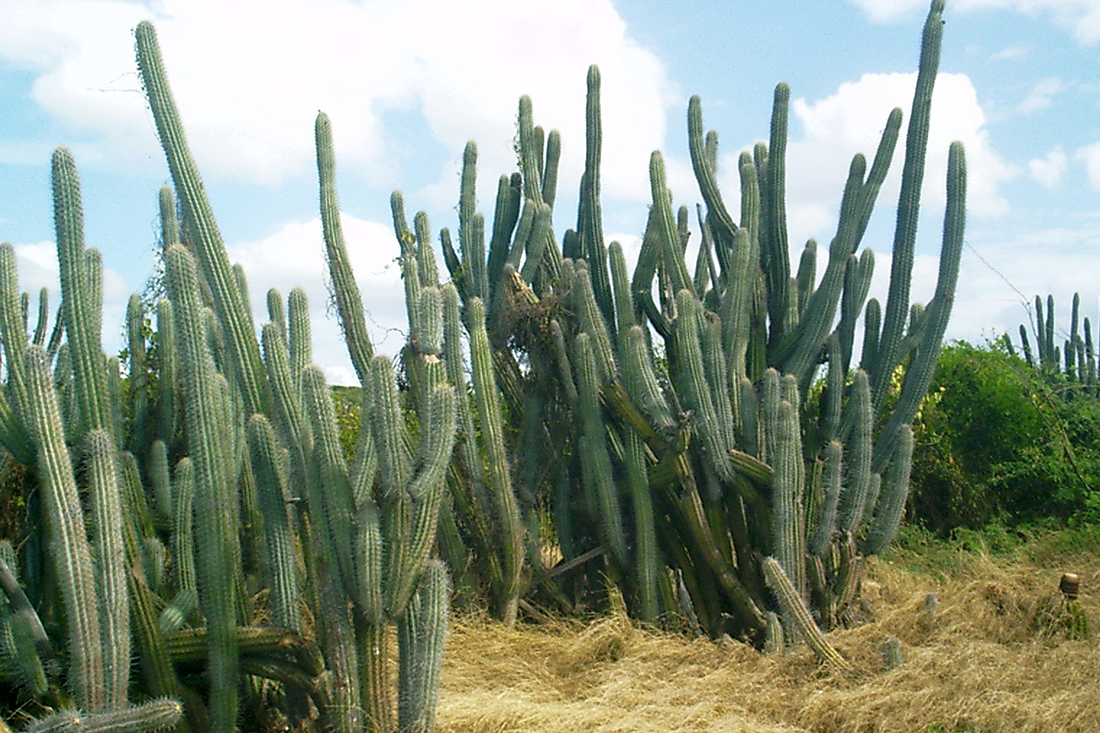
A United Nations International Biosphere Reserve/Una Reserva de Biosfera de las Naciones Unidas
Hike to remote beaches, amazing birdwatching and bike rides.
Guánica’s Dry Forest, a United Nations International Biosphere Reserve, is one of the world’s most extensive tropical dry coastal forests, totaling around 9,000 acres of land.
Approximately two hours from San Juan and less than half an hour from Ponce, you’ll find an astonishing slice of paradise on the southwest side of Puerto Rico. Close to the Bahía de Guánica, or Guánica Bay, the forest’s arid land is home to hundreds of species of animals and plants, many endangered. The flora is divided into the deciduous, evergreen, and thorny categories, while the coastal zone includes mangroves, among other species adapted to the sand and rocks.
The sound of birdsongs is a regular feature of the park’s peaceful splendor. More than 130 birds have been identified there, among them the guabairo, palometa, brown pelican, and various endemic species. Within the refuge is marine and terrestrial wildlife, including reptiles, amphibians, and invertebrates.
_____________________________________________
Vamya de excursión a playas remotas, observe aves y monten bicicleta.
El Bosque Seco de Guánica, una Reserva Internacional de la Biosfera de las Naciones Unidas, es uno de los bosques costeros secos tropicales más extensos del mundo, con un total de alrededor de 9,000 acres de tierra.
Aproximadamente a dos horas de San Juan y a menos de media hora de Ponce, encontrarás un asombroso trozo de paraíso en el suroeste de Puerto Rico. Cerca de la Bahía de Guánica, o Bahía de Guánica, la tierra árida del bosque alberga cientos de especies de animales y plantas, muchas en peligro de extinción. La flora se divide en las categorías caducifolia, perennifolia y espinosa, mientras que la zona costera incluye manglares, entre otras especies adaptadas a la arena y las rocas.
El sonido de los cantos de los pájaros es una característica habitual del pacífico esplendor del parque. Allí se han identificado más de 130 aves, entre ellas el guabairo, la palometa, el pelícano pardo y varias especies endémicas. Dentro del refugio se encuentra la vida silvestre marina y terrestre, incluidos reptiles, anfibios e invertebrados.

